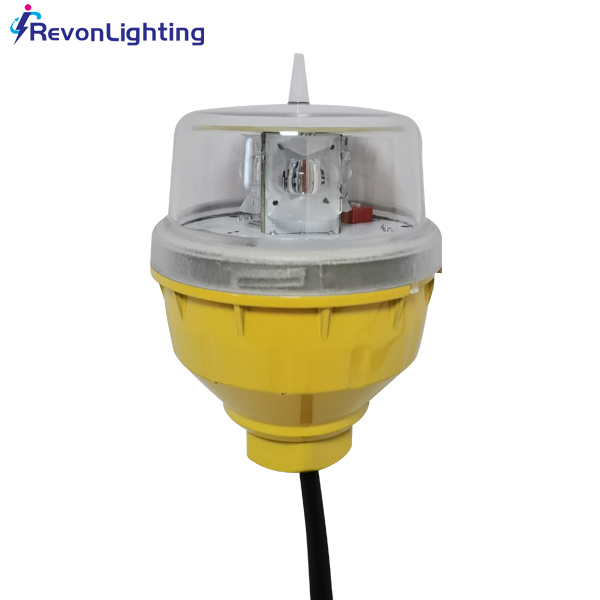Low intensity obstruction lights are essential in aviation safety. They help pilots navigate through low visibility conditions and prevent collisions with tall structures. In this article, we will discuss the basics of low intensity obstruction lights.
What are Low Intensity Obstruction Lights?
Low intensity obstruction lights are a type of lighting system used to alert aircraft pilots of the presence of tall structures, such as towers, buildings, and wind turbines. They emit a constant red light that can be seen from all directions.
Types of Low Intensity Obstruction Lights:
There are two types of low intensity obstruction lights: Type A and Type B. Type A obstruction lights have a minimum intensity of 10 candelas and are suitable for structures less than 150 feet in height. Type B obstruction lights have a minimum intensity of 32 candelas and are suitable for structures between 150 and 500 feet in height.

Benefits of Low Intensity Obstruction Lights:
Low intensity obstruction lights provide several benefits, including:
Enhancing aviation safety by alerting pilots of tall structures
Improving visibility during low light conditions
Allowing helicopters and other low-flying aircraft to operate safely in the vicinity of tall structures
Regulations on Low Intensity Obstruction Lights:
The Federal Aviation Administration (FAA) regulates low intensity obstruction lights in the United States. Structures exceeding 200 feet in height must have low intensity obstruction lights installed on them.
Conclusion:
In conclusion, low intensity obstruction lights play a crucial role in aviation safety. By alerting pilots of tall structures, they help prevent collisions and improve visibility during low light conditions. Knowing the different types of low intensity obstruction lights and their benefits can help ensure compliance with FAA regulations and enhance aviation safety.